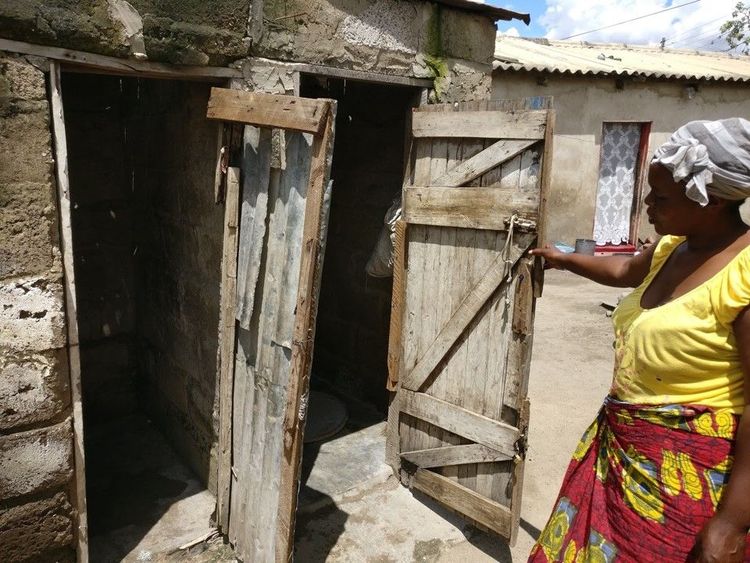Upgrading on-site sanitation systems in low-income settlements in Dakar, Kampala and Lusaka
Contributed by Kun Zhang (Athena Infonomics), Mouhamadou Gueye (National Sanitation Office of Senegal), Pride Kafwembe (Lusaka Water Supply and Sanitation Company–LWSC), Kapanda Kapanda (LWSC), Mwansa Nachula Mukuka (World Bank), Julian Musiime (Kampala Capital City Authority–KCCA), Allan Nkurunziza (KCCA), Moussa Seck (Consultant), Annabella Nyakaisik (Athena Infonomics)
